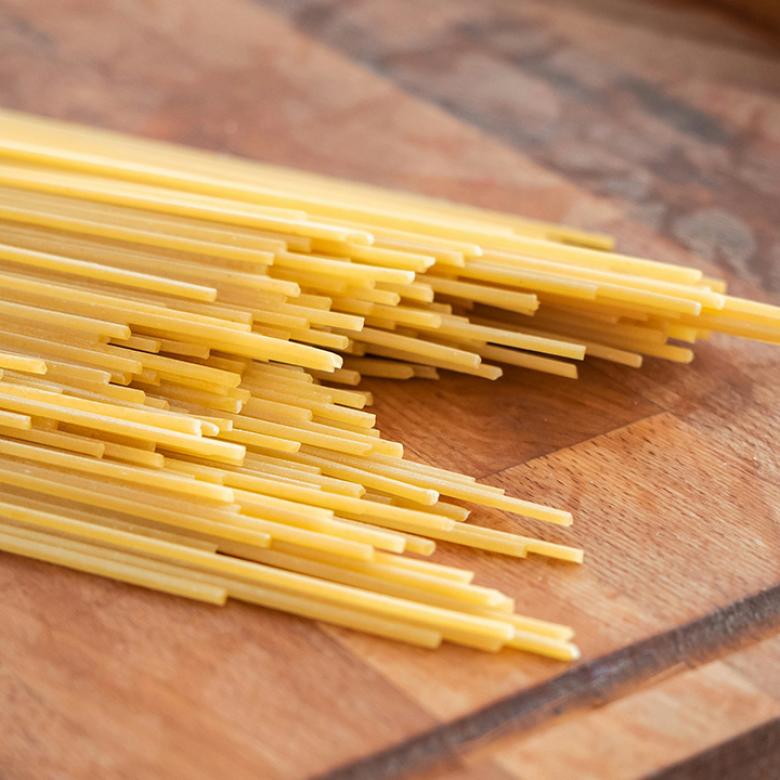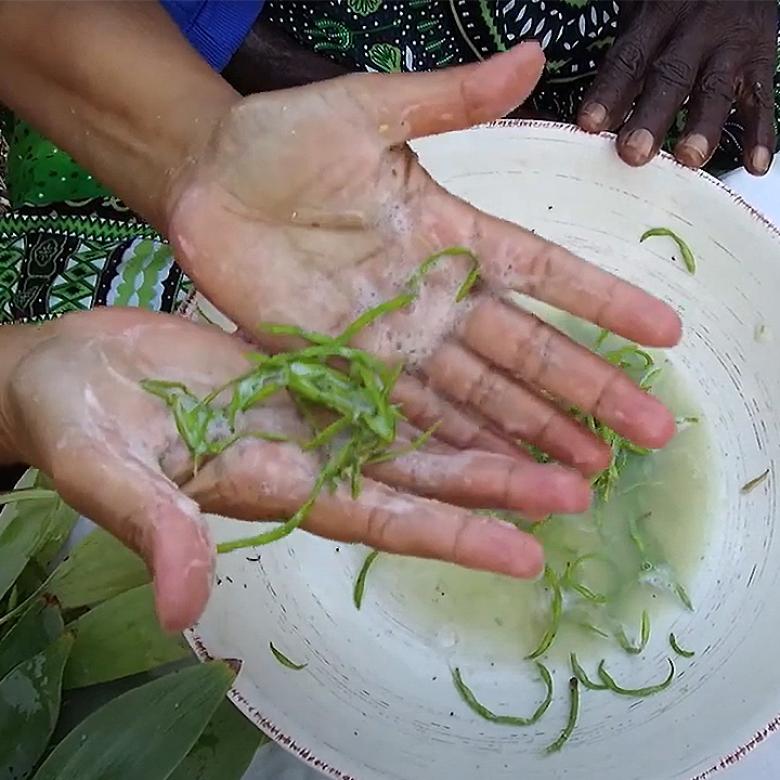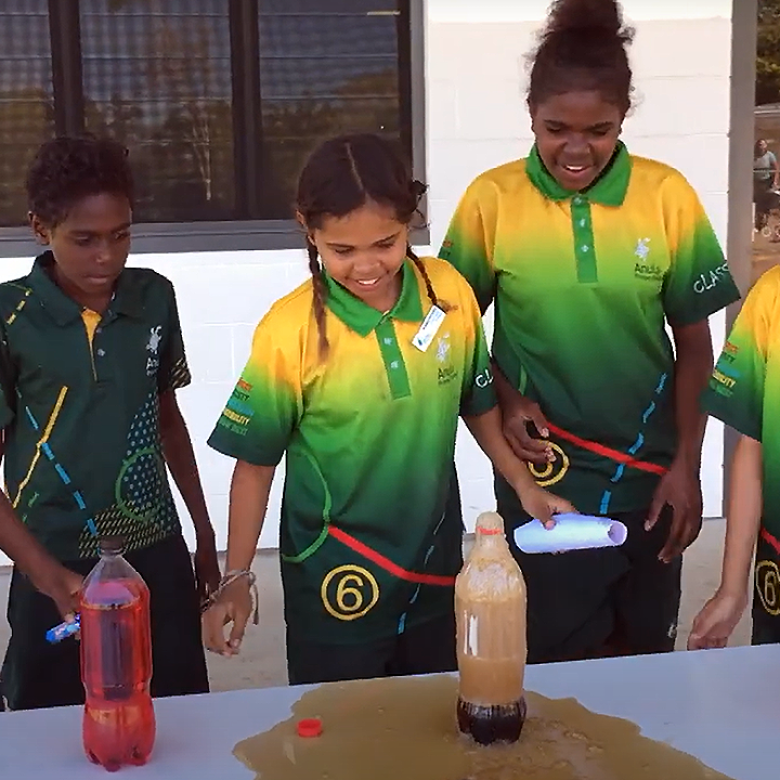About
- A saucer or small plastic plate
- Full-cream milk
- Food colouring (3 different colours)
- Dish-washing detergent
- A small cup
- A toothpick or cotton tip
What to do
- Gather your materials on a flat surface.
- Pour some full-cream milk into the saucer or plate.
- Carefully squeeze one drop of each type of food colouring into the milk, leaving lots of space between each drop.
- Dip the toothpick or cotton tip into the detergent. Dip the detergent end of the toothpick next to each drop of food colouring.
- Observe what happens.
Questions to ask
Why does the big swirling pattern spread out from the middle of where the detergent was placed?
Repeat the experiment using skim milk. What happens?
Repeat the experiment with water. What happens?
Why do you think the results were different?
What's happening
Detergent affects liquids by breaking the thin skin that forms on top of liquids (called surface tension). Some liquids have low surface tension, because the molecules that make up the liquid don’t hold onto each other very tightly. Milk has a very high surface tension because its molecules hold onto each other very tightly. But, as soon as detergent enters the milk, the detergent molecules spread across the surface, pushing apart the milk molecules. This reduces the surface tension at that point, and causes a wave of milk to rush to the edge of the saucer. This is shown by the food dye spreading out from where the detergent was added. Water has a lower surface tension than milk, this is shown by the food dye not spreading out as much as it did in the milk.
Another reason that the food dye in the milk saucer moved around a lot is because detergent breaks up the milk into its different parts (mostly water and small amounts of proteins and fat). The proteins in the milk help hold the parts of milk together. Usually water and oil (or fat) won’t mix – in milk, the proteins keep it all together. This is called an emulsion. If something happens to break up the emulsion, like adding detergent, the different parts of the mixture separate and move around.
Detergents can also help fat and water mix together. They stick to both water and oil. If this happens, the fats and detergent rush around the milk to try to set up this new arrangement.
This breaking up and remixing of fat, proteins and water makes waves and currents in the milk, shown by the swirling patterns of the food dye.
Did you know
Mayonnaise is an emulsion of fat, protein and water that has been around for 254 years! Most food historians believe it was invented in France and purely by accident. Apparently, after the Duke of Richelieu captured the Spanish city of Mahon, a victory feast was planned in his honour. His head chef was advised to make a sauce of cream and eggs but there was no cream left in the kitchen. As it was the year 1756 and he couldn’t just nip down to the local supermarket, he had to think very quickly on his feet. He used olive oil instead of cream and, voila, a new food sensation was born. The special sauce was named ‘Mahonnaise’ in honour of the Duke’s victory over the town of Mahon.






